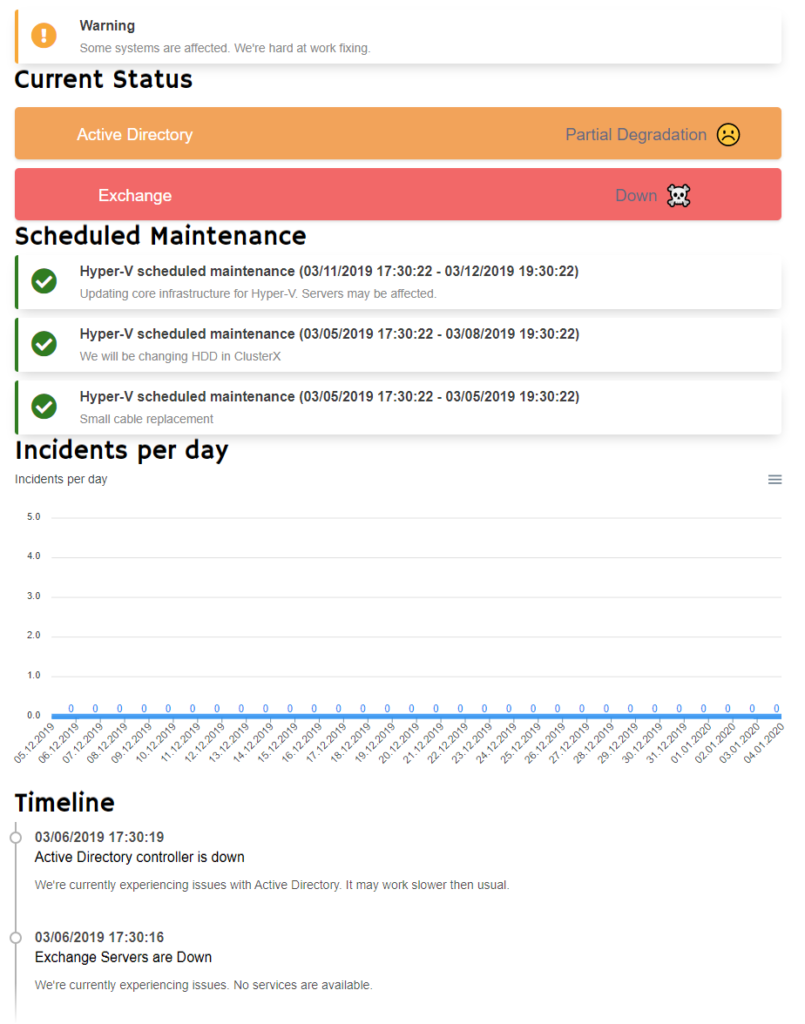

As I mentioned earlier, the last date and time the item was modified are recorded. Profiles There is a script which runs every time you open a PowerShell prompt, it’s called your.
POWERSHELL COMPARE FOLDERS ONE AT A TIME HOW TO
We’ve espoused terse commands in all the previous chapters, but how to I avoid having to re-invent the wheel every time I open a PowerShell prompt. The aim of the script is, it searches a network location directory and compares it to a local directory, if the file in the network location is newer ('going by date created') than the one stored locally. Method 1: Use Powershell Delete() Method To Delete A Folder Or File. DRY is an acronym that was created by Andrew Hunt and Dave Thomas in their book The Pragmatic Programmer.

Something like this for example: dir C:\ -Include File1.txt, File2.txt -Recurse Hi, Ive created a script that compares two files in different directories. On this screen, you can change the number of users who can connect at the same time. You can browse a gazillion examples online, all using different variations of the -Filter or -Include parameter of the Get-ChildItem cmdlet. When you share the folder in the Shared Folders area in Computer. Remember, we need all directories that have BOTH of these files.
How do we list all directories that have a particular set of files available? For the sake of simplicity, let’s just examine the case of two files and call them File1.txt and File2.txt. PowerShell Script to get files modified in the last 3 days from a folder. You can find more topics about PowerShell Active Directory commands and PowerShell basics on the ShellGeek home page.OK, here’s a task that’s supposedly very easy, but can get you raging due to the oddities of PowerShell formatting. Using Remove-Item cmdlet in PowerShell delete files older than x days. Any assistance with writing this in powershell will greatly help me. Initially, Active Directory was used only for centralized domain.
POWERSHELL COMPARE FOLDERS ONE AT A TIME WINDOWS
You can use the Get-ChildItem cmdlet to get a list of files that matches the pattern to get specific extension files or get files older than 1 hour or 30 days. When powershell compares the two files it will return matching results for 'Network folder2' and 'network folder5'. It is included in most Windows Server operating systems as a set of processes and services. I hope the above article on how to delete files older than 15 days using the Remove-Item cmdlet is helpful. logĬool Tip: How to delete files if exists using PowerShell! Conclusion You can use the Get-ChildItem cmdlet to get a list of files that matches the pattern to get specific extension files or get files older than 1 hour or 30 days. The third command uses Remove-Item to delete files older than 30 days with extension. The second command uses Where-Object to check file creation time older than 30 days using Get-Date and pass an object to the Remove-Item cmdlet. It gets files that match pattern *.log and passes the object to the second command. This outputs each line that matches with an equality.

Test what is happening by using the IncludeEqual parameter: Compare-Object -ReferenceObject (Get-Content. Get-ChildItem cmdlet uses Recurse parameter to recursively get the files with extension. If there are no differences between the contents of the two files, you won’t see any output. Use the below command to remove files older than 15 days using PowerShell Get-ChildItem –Path "D:\PowerShell\Backup\" –Recurse | Where-Object | Remove-Item

You can use the Remove-Item cmdlet to delete files older than 15 days in combination with Get-ChildItem to get desired files from the system. 3 Conclusion Delete Files Older than 15 Days Thankfully PowerShell has introduced the cmdlet COMPARE-OBJECT (and yes, as you guessed, DIFF is an alias to this cmdlet).


 0 kommentar(er)
0 kommentar(er)
